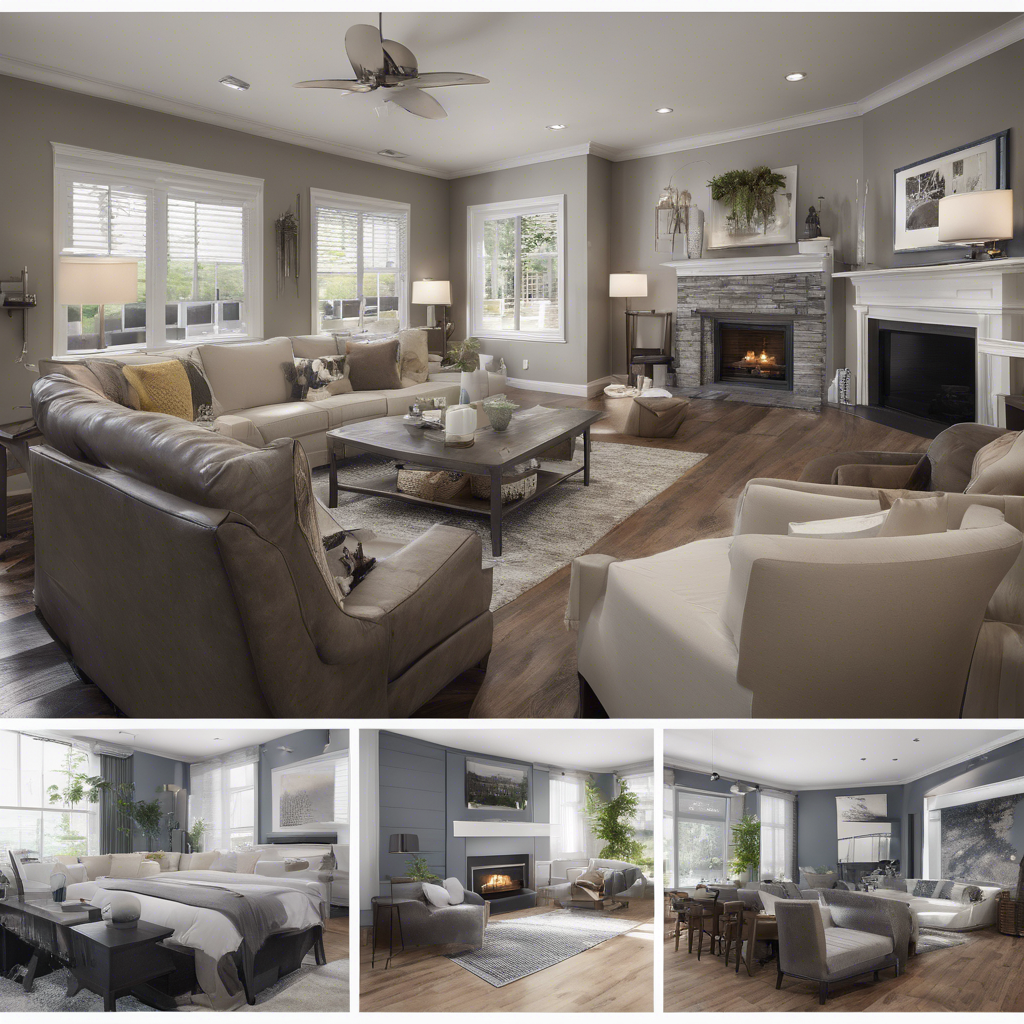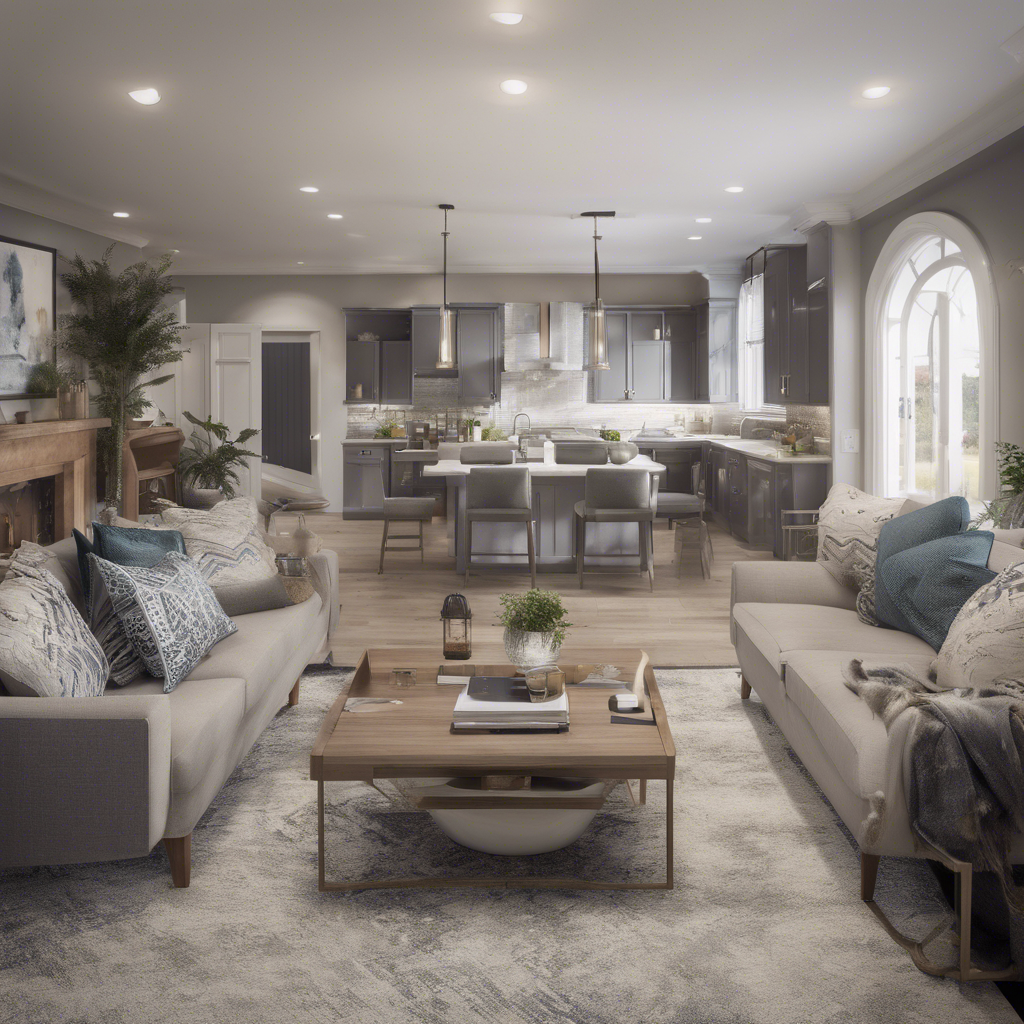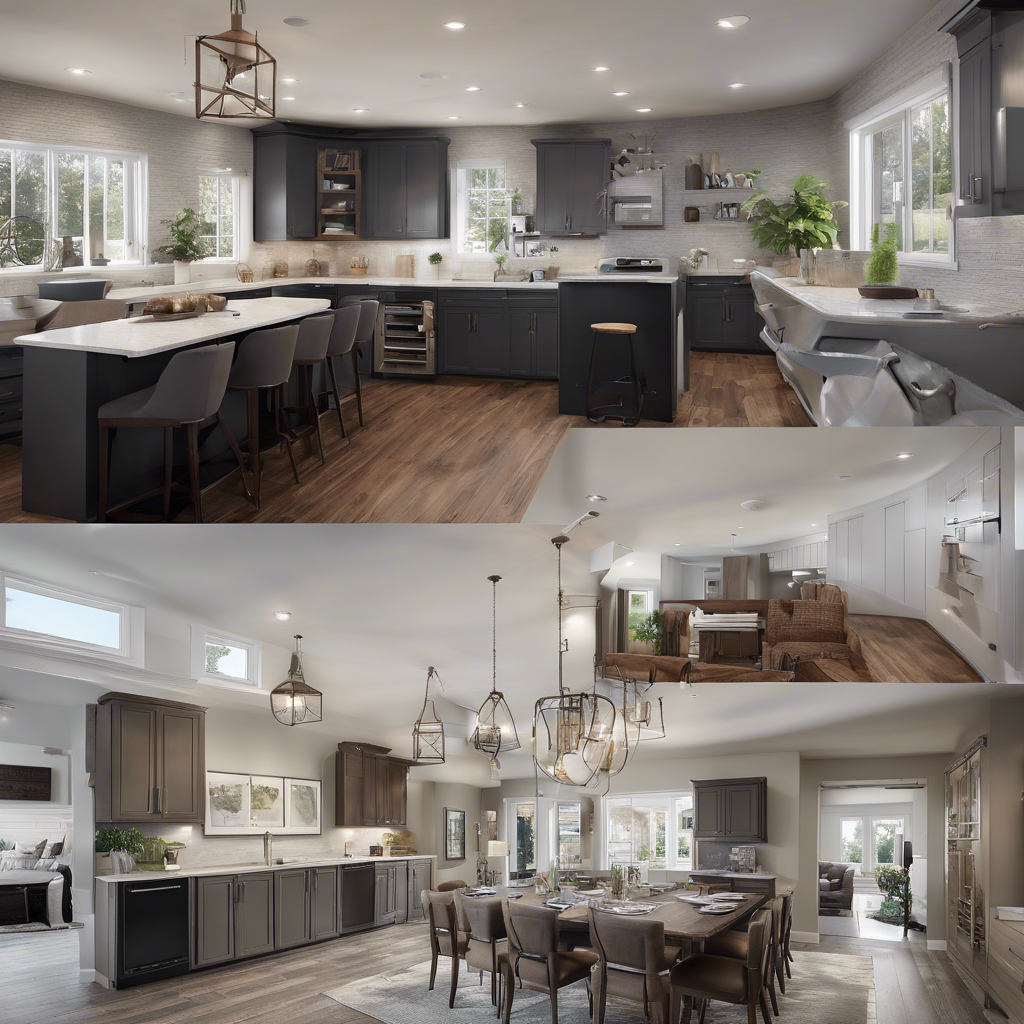Are you torn between the charm of traditional decor and the sleekness of modern design? Do you find yourself constantly oscillating between two styles while decorating your home? If so, you're not alone. Many homeowners, designers, and DIY enthusiasts face this design dilemma. However, there's a solution that offers the best of both worlds—Transitional Design.
What is Transitional Design?
Transitional design is about striking the perfect balance between traditional and modern aesthetics. It blends the warmth and elegance of traditional decor with the clean lines and simplicity of modern design. The result? A harmonious space that feels both timeless and contemporary.
Key Elements of Transitional Design
Mix of Materials: In a transitional space, wood, metal, and glass are often used together. This creates visual interest and adds depth to the room.
Neutral Color Palette: Neutral colors form the foundation of transitional design. Think soft whites, greys, and beiges, which provide a versatile backdrop for bolder accents.
Furniture with Timeless Appeal: Look for pieces that are classic yet updated. Avoid anything too ornate or overly sleek—instead, opt for simple silhouettes with a modern twist.
Subtle Patterns and Textures: Incorporate subtle patterns and textures through textiles like rugs, throw pillows, and curtains. This adds a layer of coziness to the space.
How to Achieve Transitional Design in Your Home
Ready to transform your space into a perfectly balanced oasis? Follow these simple steps to achieve the ideal transitional design:
Step 1: Start with a Neutral Base
Begin by painting your walls in a soft, neutral hue. This will set the tone for the rest of the room and create a calming atmosphere. If you have existing bold colors, consider toning them down or using them as accent colors.
Step 2: Mix Old and New
Merge traditional and modern elements by pairing antique furniture with contemporary pieces. For example, place a sleek, modern coffee table next to a classic wingback chair. This juxtaposition creates a dynamic and visually appealing space.

Step 3: Focus on Comfort
Transitional design is all about creating a cozy and inviting atmosphere. To enhance the comfort factor in your home, invest in plush sofas, oversized throw blankets, and soft rugs.
Step 4: Layer in Textures
Incorporating various textures can add depth and dimension to your space. Mix and match materials like wood, metal, and fabric to create a rich, tactile experience for the senses.

Step 5: Let There Be Light
Lighting plays a crucial role in transitional design. To create a well-lit and welcoming environment, opt for a combination of ambient, task, and accent lighting. Consider using decorative fixtures to add a touch of elegance to the space.
Step 6: Personalize with Accents
Finally, inject your personality into the space with carefully curated accents. Choose artwork, decorative objects, and plants that match your style and preferences. These finishing touches will tie the room together and make it feel uniquely yours.

By following these steps and embracing the principles of transitional design, you can create a home that seamlessly blends traditional and modern aesthetics. Say goodbye to design dilemmas and hello to a space that truly reflects your style and sensibilities. Embrace the best of both worlds and make the transitional design the defining feature of your home!
For more content, please check out our YouTube Channel: Eclectic Home Designs, LLC. - YouTube


Comments